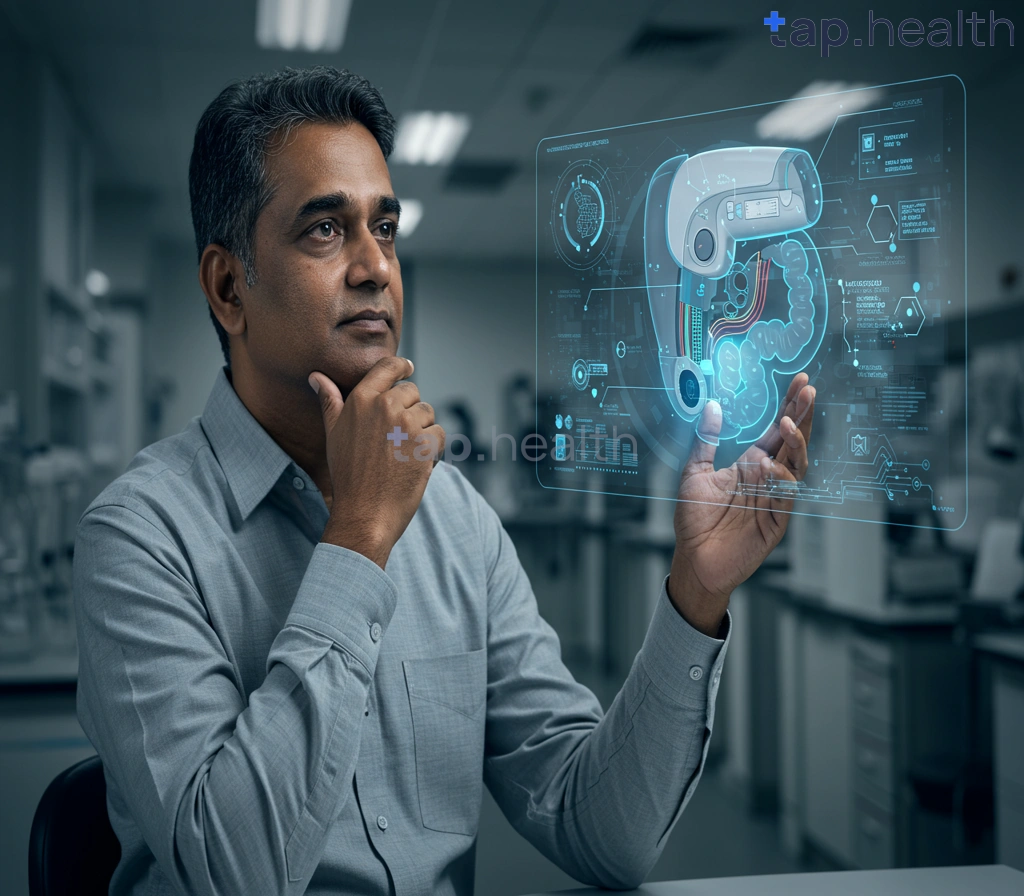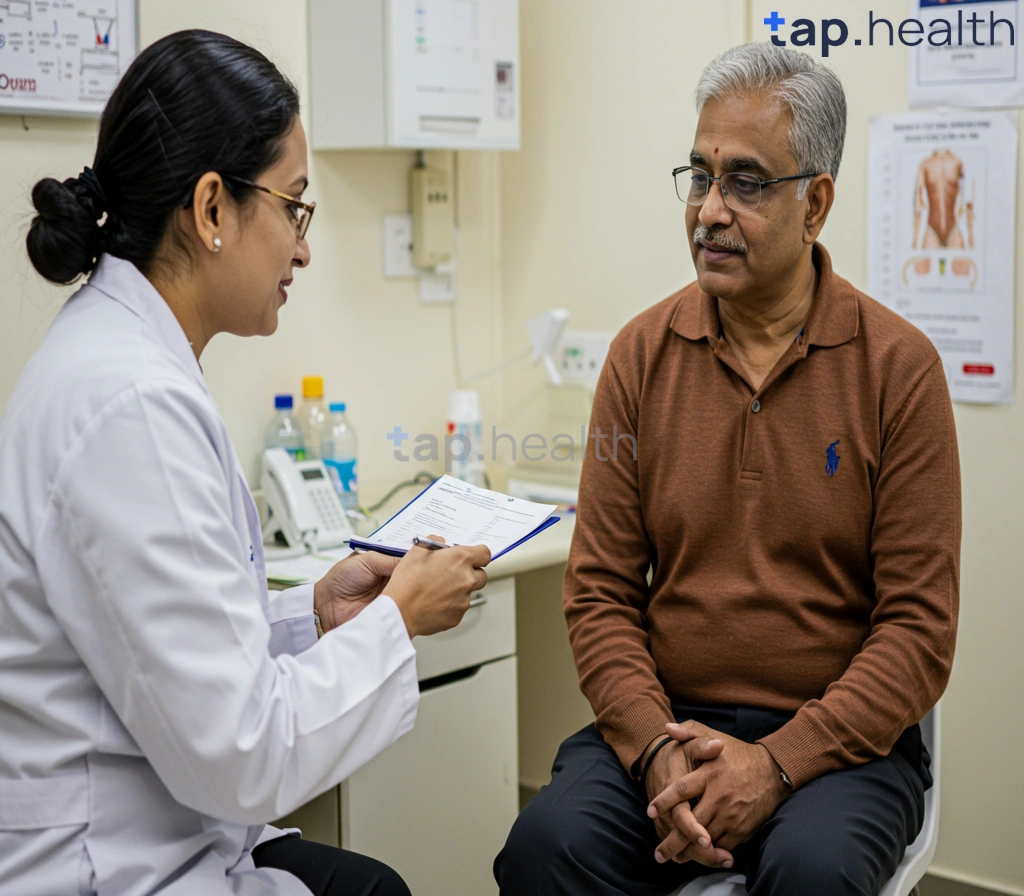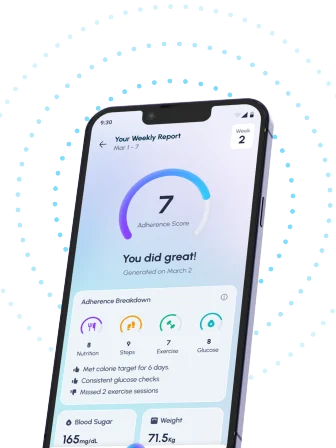Table of Contents
- Artificial Pancreas: Latest Advances in Lab Research
- The Artificial Pancreas: Current Progress and Future Potential
- How Close Are We to a Functional Artificial Pancreas?
- Understanding the Science Behind the Artificial Pancreas
- Challenges and Breakthroughs in Artificial Pancreas Development
- Frequently Asked Questions
- References
Living with diabetes can be challenging, requiring constant monitoring and careful management of blood sugar levels. But what if a technological breakthrough could significantly simplify this process? This blog post delves into the exciting world of Artificial Pancreas: A Look at Current Laboratory Research, exploring the latest advancements in this life-changing technology. We’ll examine the different approaches being investigated, the promising results emerging from labs around the globe, and what these developments might mean for the future of diabetes care. Get ready to discover how artificial pancreas systems are revolutionizing diabetes management!
Artificial Pancreas: Latest Advances in Lab Research
The Promise of Automated Diabetes Management
The global burden of diabetes is staggering, with a shocking 50% of cases worldwide remaining undiagnosed, according to the International Diabetes Federation. This statistic is particularly relevant in India and other tropical countries, where diabetes prevalence is rising rapidly. Laboratory research into artificial pancreas systems offers a beacon of hope, promising to revolutionize diabetes management for millions. Current research focuses on refining closed-loop systems that automatically adjust insulin delivery based on continuous glucose monitoring (CGM). This eliminates the need for frequent manual insulin injections or adjustments, significantly improving quality of life and potentially reducing long-term complications.
Technological Advancements and Challenges
Recent advancements include improved algorithms that more accurately predict glucose levels and respond to changing conditions. Miniaturization of the technology is also a major focus, aiming to create smaller, more wearable devices. However, challenges remain. The cost of these advanced systems remains a significant barrier to access, particularly in resource-limited settings common across many Indian and tropical regions. Further research is crucial to ensure affordability and accessibility for all those who could benefit. Furthermore, research is also addressing the unique challenges faced by individuals with type 1 and type 2 diabetes in diverse climates and lifestyles. Understanding the potential complications, such as those highlighted in discussions about Acute Pancreatitis, is also crucial in the development of safer artificial pancreas systems.
Looking Ahead: Regional Implications and Actionable Steps
The development and deployment of the artificial pancreas hold immense potential for improving the lives of individuals with diabetes across India and other tropical countries. Increased investment in research tailored to the specific needs of these regions is crucial. This includes studies focusing on the effectiveness of these systems in diverse populations, and the development of culturally appropriate educational programs to promote their adoption. Supporting local research and development is key to ensuring widespread access and affordability, leading to better diabetes management outcomes. While this research focuses on improving life for diabetes patients, it is important to remember the context of other pancreatic diseases. For more information on pancreatic health, consider reading about Is Pancreatic Cancer Curable? Expert Insights.
The Artificial Pancreas: Current Progress and Future Potential
Addressing a Critical Need in India and Beyond
The global burden of diabetes is staggering, and India faces a particularly significant challenge. With approximately 2.5 million cases of gestational diabetes annually, the need for innovative solutions is paramount. This highlights the urgency surrounding research into the artificial pancreas, a device promising to revolutionize diabetes management, particularly in regions like India and other tropical countries with high diabetes prevalence. Current laboratory research focuses on refining closed-loop systems that automatically adjust insulin delivery based on real-time glucose monitoring. This represents a significant leap forward from traditional methods, offering the potential for improved glycemic control and a better quality of life for millions.
Technological Advancements and Challenges
Significant progress is being made in miniaturizing the components of the artificial pancreas, making it more wearable and user-friendly. Research is also exploring the use of different sensor technologies to improve accuracy and reduce the incidence of hypoglycemia, a potentially dangerous complication. However, challenges remain. The cost of these advanced systems is a barrier to widespread accessibility, especially in resource-constrained settings. Further research is vital to reduce costs and ensure equitable access to this life-changing technology across diverse populations in India and similar regions. The long-term effects and potential complications also require ongoing investigation. It’s important to remember that while the artificial pancreas offers incredible potential, understanding the potential complications of pancreatic issues, such as those discussed in Can You Die from Pancreatitis?, remains crucial.
Looking Ahead: Hope for the Future
The development of the artificial pancreas represents a beacon of hope for individuals battling diabetes in India and other tropical nations. While challenges remain in terms of cost and widespread accessibility, ongoing laboratory research is paving the way towards a future where diabetes management is simplified, safer, and more effective. Continued investment in research, development, and affordable manufacturing will be crucial to realizing the full potential of this transformative technology and improving the lives of millions affected by diabetes. Supporting research and advocating for policies that prioritize accessible healthcare are essential steps towards ensuring that the benefits of the artificial pancreas reach those who need it most. For a better understanding of the long-term implications of pancreatic health, researching topics such as Life Expectancy After Acute Pancreatitis can provide valuable insights.
How Close Are We to a Functional Artificial Pancreas?
The dream of a fully functional artificial pancreas (AP) is closer than ever, offering immense hope for millions battling diabetes, particularly in India and other tropical countries where the disease is prevalent. Current laboratory research focuses on refining closed-loop systems that automatically adjust insulin delivery based on real-time glucose monitoring. This contrasts with traditional methods requiring multiple daily injections or insulin pump management, which can be challenging to maintain, especially in hotter climates. The goal? To maintain blood sugar levels within the healthy range of 70–99 mg/dL, preventing the dangerous highs and lows experienced by many diabetics.
Challenges and Progress
Developing a truly effective AP presents significant hurdles. Individual metabolic responses vary widely, influenced by factors like diet, physical activity, and even temperature fluctuations, which are especially pronounced in tropical regions. Current research addresses these challenges by integrating advanced algorithms and sensor technologies that personalize insulin delivery. For instance, some designs incorporate predictive modeling to anticipate glucose fluctuations based on historical data and lifestyle patterns. This personalized approach is crucial for optimizing AP effectiveness across diverse populations. Further research into biocompatible materials and minimally invasive implantation techniques is also key for broader accessibility. It’s important to note that while the AP aims to manage diabetes, understanding conditions like 10 Pancreatitis Symptoms: What You Need to Know remains crucial for overall pancreatic health.
The Indian Context
In India, the burden of diabetes is substantial, and access to advanced healthcare technologies can be limited. The development of affordable and robust AP systems tailored to the specific needs of the Indian population is therefore of paramount importance. This includes considerations of cost-effectiveness, ease of use, and the availability of skilled healthcare professionals for monitoring and maintenance. Successful implementation requires a strong collaborative effort between researchers, healthcare providers, and policymakers. Research focusing on indigenous solutions and leveraging telemedicine to address accessibility challenges will greatly enhance the impact of the artificial pancreas in this region. The future holds significant promise for managing diabetes more effectively, and continued laboratory research is essential to turning this promise into a reality. While this research focuses on preventing diabetes complications, understanding alternative treatments such as Pancreatitis Treatment in Homeopathy can provide valuable insights into related conditions.
Understanding the Science Behind the Artificial Pancreas
The Promise of Automated Insulin Delivery
Revolutionary advancements in medical technology are bringing us closer to a future where managing diabetes, particularly in regions like India and other tropical countries, might be significantly easier. The artificial pancreas, a closed-loop system, represents a major leap forward. It automatically monitors glucose levels and adjusts insulin delivery, mimicking the function of a healthy pancreas. This is particularly crucial given that over 80% of Type 2 diabetics in many populations experience insulin resistance as a key underlying factor, a challenge the artificial pancreas aims to address more effectively than current methods.
How it Works: A Complex System
The artificial pancreas system typically consists of a continuous glucose monitor (CGM), an insulin pump, and an algorithm. The CGM continuously measures glucose levels in the interstitial fluid, transmitting data to a sophisticated algorithm. This algorithm then calculates the appropriate insulin dose based on the current glucose level and predicted future trends, automatically adjusting the insulin pump’s delivery. This automated system reduces the burden of manual insulin injections and bolus calculations, potentially improving glycemic control and reducing the risk of both hypoglycemia and hyperglycemia. This is vital in tropical climates where fluctuating temperatures and dietary habits can impact blood sugar levels.
Research and Development in India and Beyond
While still under active development and testing, the artificial pancreas holds immense potential for improving the lives of millions with diabetes in India and other tropical countries. Ongoing research is focused on refining algorithms, enhancing sensor accuracy, and making the technology more affordable and accessible. Further advancements in this field are crucial for tackling the rising prevalence of diabetes in these regions, characterized by unique dietary habits and environmental factors. More clinical trials, especially those focused on diverse populations, are necessary to confirm its long-term effectiveness and safety. This will pave the way for widespread adoption and improved diabetes management within these communities. It’s important to note that while this technology focuses on diabetes management, conditions affecting the pancreas such as Chronic pancreatitis require different approaches. Understanding the differences between managing diabetes and treating pancreatic diseases like pancreatic cancer is crucial for patients and healthcare providers alike.
Challenges and Breakthroughs in Artificial Pancreas Development
The High Cost of Diabetes Management in India
The development of an artificial pancreas is crucial, especially considering the significant financial burden of diabetes management in India. The annual per capita cost of managing diabetes in urban areas is approximately INR 25,000, a substantial amount for many families. This highlights the urgent need for innovative and cost-effective solutions like the artificial pancreas to improve the lives and reduce the economic strain on individuals and the healthcare system across India and other tropical countries.
Technological Hurdles and Promising Advances
Research into artificial pancreas systems faces several challenges. Precise glucose monitoring in diverse populations, including those in tropical climates with varying lifestyles and diets, remains a key obstacle. Developing algorithms robust enough to handle the complexities of individual metabolic responses and adapting to differing climatic conditions is also critical. However, breakthroughs in closed-loop insulin delivery systems, miniaturized sensors, and advanced algorithms are paving the way for more effective and user-friendly artificial pancreas technology. These advancements offer hope for better glycemic control and improved quality of life for people with diabetes.
Regional Considerations and Future Directions
The success of artificial pancreas technology in India and similar tropical regions depends on factors such as affordability, accessibility, and cultural adaptation. Addressing these issues through targeted research, collaborations, and culturally sensitive design will be crucial for successful implementation. Further research is needed to optimize the device for diverse populations, ensuring its efficacy across various genetic predispositions, lifestyles, and dietary habits. The future holds great promise for the development of affordable, reliable artificial pancreas systems that can revolutionize diabetes care globally, particularly in regions like India where the disease burden is high. While the artificial pancreas holds immense promise, it’s important to remember that managing conditions like pancreatitis, which can impact the pancreas itself, remains crucial. For more information on the nursing diagnosis for pancreatitis, you may find this article helpful: What is the nursing diagnosis for pancreatitis? The development of such technology is also relevant to the challenges faced by individuals whose health is impacted by pregnancy, such as Abdominal Pain After Embryo Transfer.
Frequently Asked Questions on Artificial Pancreas
Q1. What is an artificial pancreas and how does it work?
An artificial pancreas is a closed-loop system that automates insulin delivery for people with diabetes. It uses a continuous glucose monitor (CGM) to track blood sugar levels and automatically adjusts insulin delivery accordingly, eliminating the need for manual injections.
Q2. What are the main benefits of using an artificial pancreas?
The artificial pancreas offers improved diabetes management by reducing the burden of manual insulin injections, leading to better blood sugar control and a significant improvement in quality of life for individuals with diabetes.
Q3. What are the current challenges in making the artificial pancreas widely available?
Major challenges include the high cost of the technology, limited accessibility in many regions, particularly in resource-constrained settings, and the need for further research to ensure it’s effective and safe for diverse populations.
Q4. How can we ensure the artificial pancreas benefits people in all regions, especially those with limited resources?
Successful implementation requires investment in regional research and development, collaborations between researchers and healthcare providers, and supportive policies that prioritize accessible healthcare. Affordability and culturally appropriate educational programs are also critical.
Q5. What are the potential risks or complications associated with using an artificial pancreas?
While promising, further research is necessary to fully understand and mitigate potential complications associated with artificial pancreas systems, and to ensure the safe and effective management of pancreatic diseases.
References
- Artificial intelligence in diabetes management: Advancements, opportunities, and challenges: https://www.cell.com/cell-reports-medicine/pdf/S2666-3791(23)00380-4.pdf
- Disparate Model Performance and Stability in Machine Learning Clinical Support for Diabetes and Heart Diseases: https://arxiv.org/pdf/2412.19495




